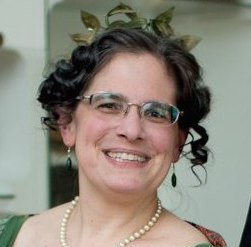"Pleasing the Parish; or, The Minister's Wife", and its sequel, "Intervention", appeared in the January and July, 1852, issues of Godey's Lady's Book, probably the most prominent women's magazine of mid-19th century America. The author remained anonymous, offering only a list of their previously published stories.
The first story is the sad tale of the overwhelming demands made upon Mrs. Stone, the wife of a theologian who accepts a position as rector of a large parish in New York City. Her inability to fulfill all the demands on a rector's wife and her refusal to yield in all areas to the leading female parishioners makes her increasingly unpopular and, as a result, miserable. In the second story, she has the temerity to attend a gathering of friends rather than the organizational meeting. Both the gathering and its consequences offer brief insights into the practice and perception of dance in mid-nineteenth-century America.

